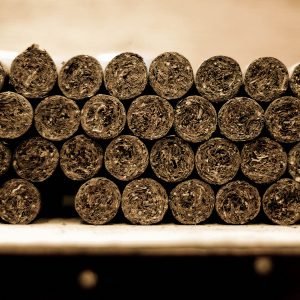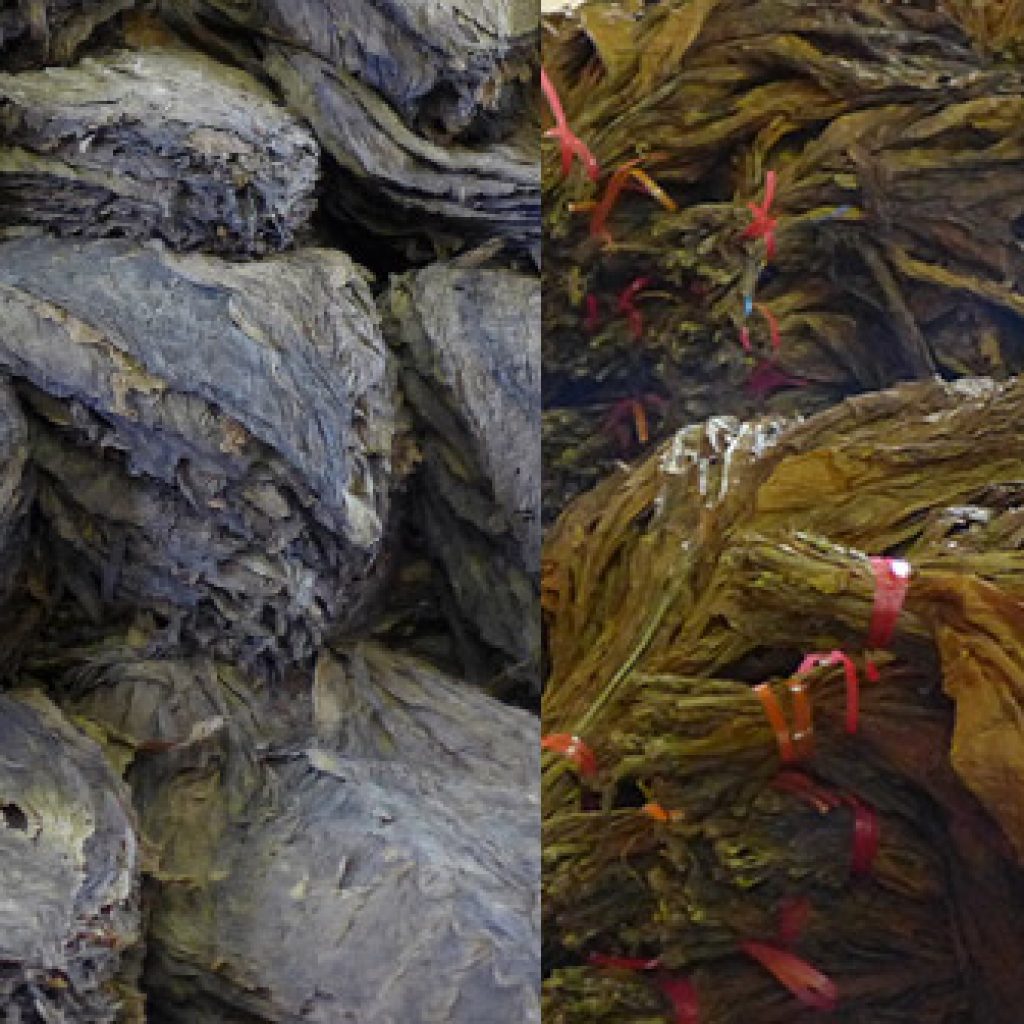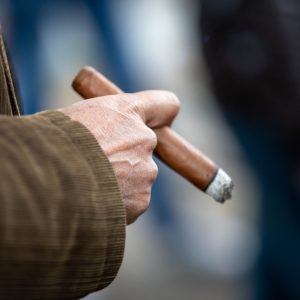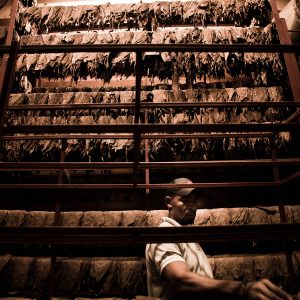
How to choose a cigar?
Choosing and buying a cigar contributes to the whole smoking experience. This article explains what you need to know when choosing a cigar.
The best moments in life are too short, even if years of preparation precede them. This is no different with cigars. The pleasure of an hour with a satisfying cigar is the result of months – sometimes years – of attentive, specialised and labour-intensive work. Discover the full process of how cigars are made here.
The life of a cigar starts with a tobacco plant. Tiny seeds are grown in a greenhouse for 45 days, after which they are planted row after row in the field.
There are only few places in the world that have the right soil, temperature and humidity to allow the tobacco seed to grow into a plant whose leaves thrive throughout the cigar production process.
Tobacco plants that grow in the shadow are covered with a high tent-like muslin construction, which filters out the rays of the sun.
After another 45 days, the plants are ready for their first priming or reaping. The secret of a cigar’s taste actually begins at this stage, because the location of the leaves on the stem determines the different flavours.
Volado, the lower leaf, is the mildest; seco, halfway through the stem, has an average flavour, and ligero, the upper leaf, has the strongest flavour and structure. After 5 or 6 primings, the tobacco plant produces only 16 to 18 more leaves that are still of good enough quality to meet the strict criteria for the production of premium cigars.
The carefully chosen leaves are bundled according to structure and size. Depending on the weather and the desired result, they are hung in ventilated tobacco sheds for 3 to 8 weeks. After this period, the leaves are re-sorted and divided according to size, structure and colour. At this point, the tobacco leaves are stacked in bundles of 20 so that they are ready for the very important fermentation process – the period when the leaves turn into a treasure full of possibilities.
Next, the bundles are stacked in piles of 1 to 2 meters high. Due to the tight stacking of these piles, or burros, all air between the leaves is effectively pushed away and the fermentation stage can begin.
Because of the fermentation, the temperature of the inner leaves slowly rises. Moisture, juice, nicotine and ammonia will start draining from the leaves. This requires all the elements to be at the same stage for the process to run smoothly. Heat and aroma fill the environment as the leaves acquire depth, taste and character. Throughout the process, the temperature must be closely monitored.
When the temperature has reached the desired point, each pile is turned. The top bundle is removed, shaken loose and placed on the ground to form the bottom of a new stack. This can happen up to 10 times during 3 months, closely monitored by the workers who test the age, structure and colour. The process is complete when the temperature stabilises after turning. The duration of this process depends on a number of factors and cannot be determined in advance.
Under-fermentation creates a cigar that keeps going out after lighting or, worse, tastes sharp and bitter, and gives a burning sensation on the chest. With over-fermentation, the leaves are worn out and lose their taste. All in all, without proper fermentation time, there is simply no cigar at a later stage.
Once the fermentation is over, the tobacco is again carefully sorted by origin and date, and taken to storage facilities for further ripening. This rest period takes several years.
When the tobacco leaves the tobacco sheds, it is very fragile. To make the leaves smooth again, they are carefully sprinkled with water. This requires just the right amount of moisture to revive the thirsty leaves.

When the tobacco leaves are smooth again, they are ready to be stripped. The midrib is removed and in some cases the wrapper is split into two halves to ensure the correct pattern of a handmade cigar. Finally, the leaves are checked for one last time, and categorised as filler, binder or wrapper.
A cigar is only created when the master blender works his magic. The skill of the master blender lies in his complete knowledge of every type of tobacco. It is a matter of experience to distinguish the properties of different types of tobacco. But knowing the taste and character of the combined varieties is an art in itself. There are endless possibilities, comparable to an artist standing in front of a blank canvas. The master blender draws from his experience like an artist gives free rein to his imagination. He selects the tobacco in the right quantities, which gives that one cigar its characteristic taste. What makes each cigar unique is mainly determined by the master blender.
Source: “International Connoisseur’s Guide to Cigars” by Jane Resnick

Choosing and buying a cigar contributes to the whole smoking experience. This article explains what you need to know when choosing a cigar.

Smoking a premium cigar is an adventure. De Kelle Cigars explains how to properly smoke a cigar.

A cigar is a valuable investment. De Kelle Cigars explains how to correctly store a cigar.

We do not sell cigars, tobacco products and spirits to persons under 18 years of age.
